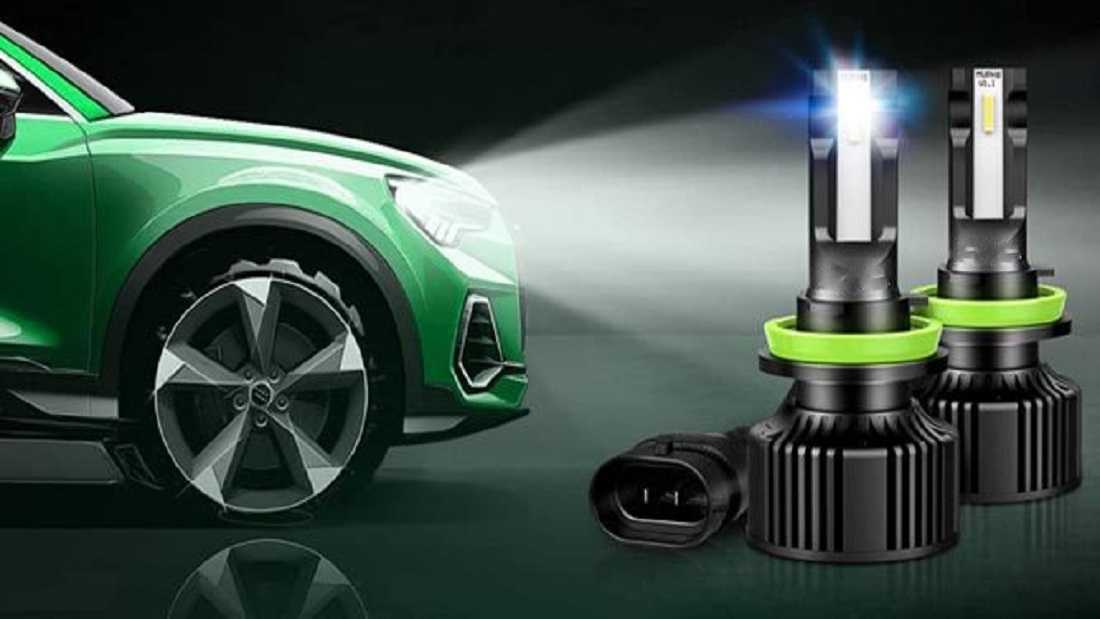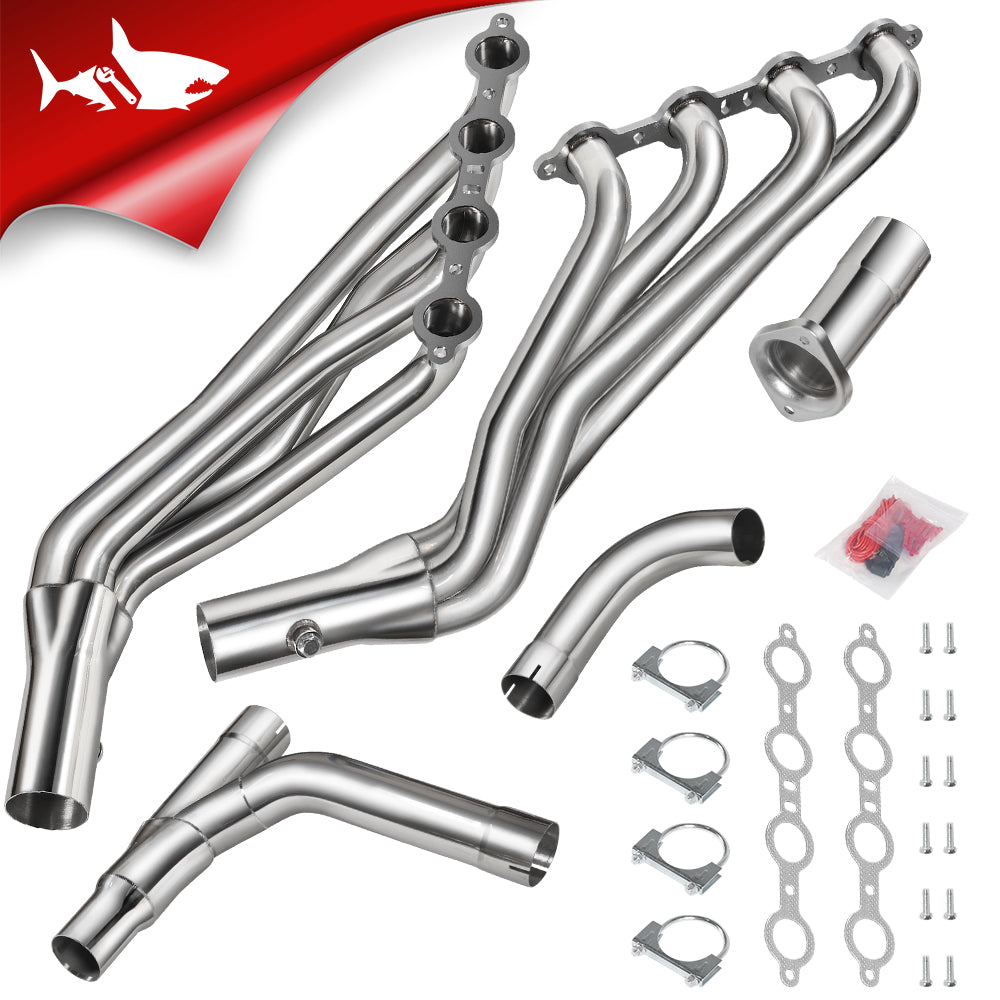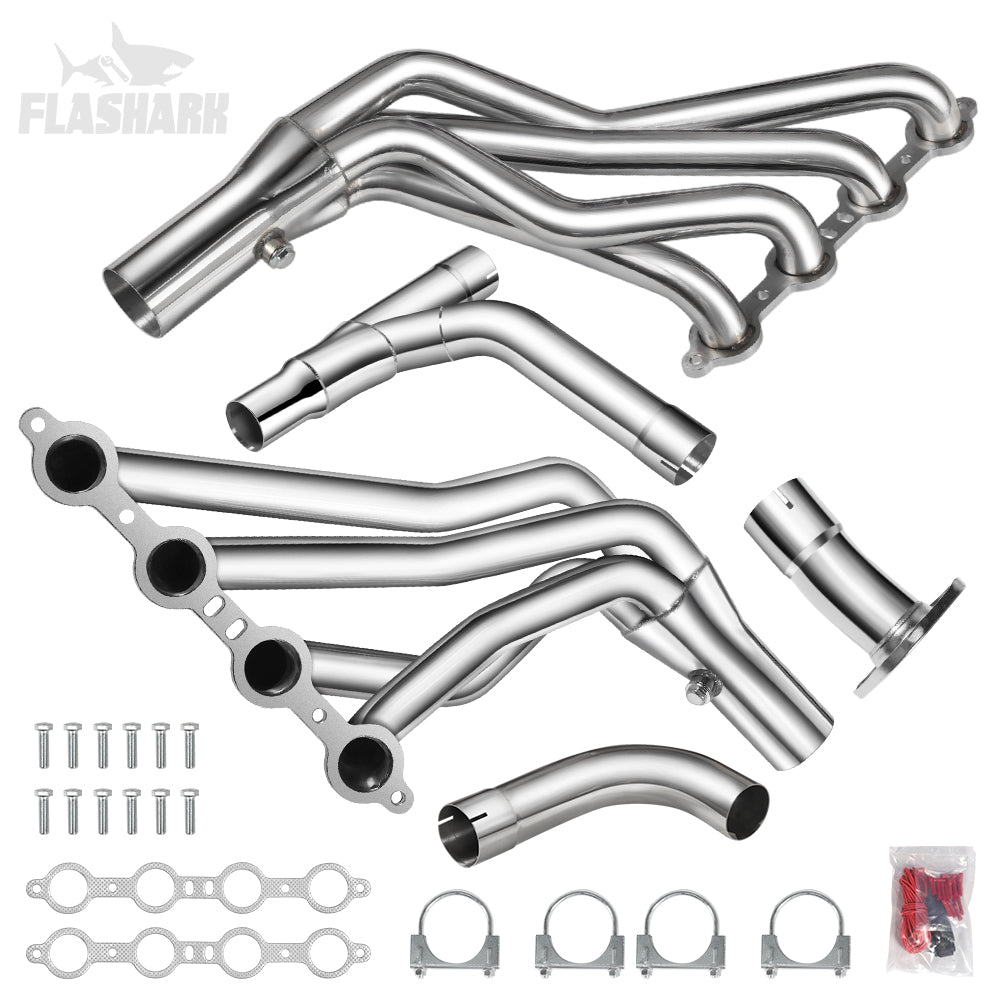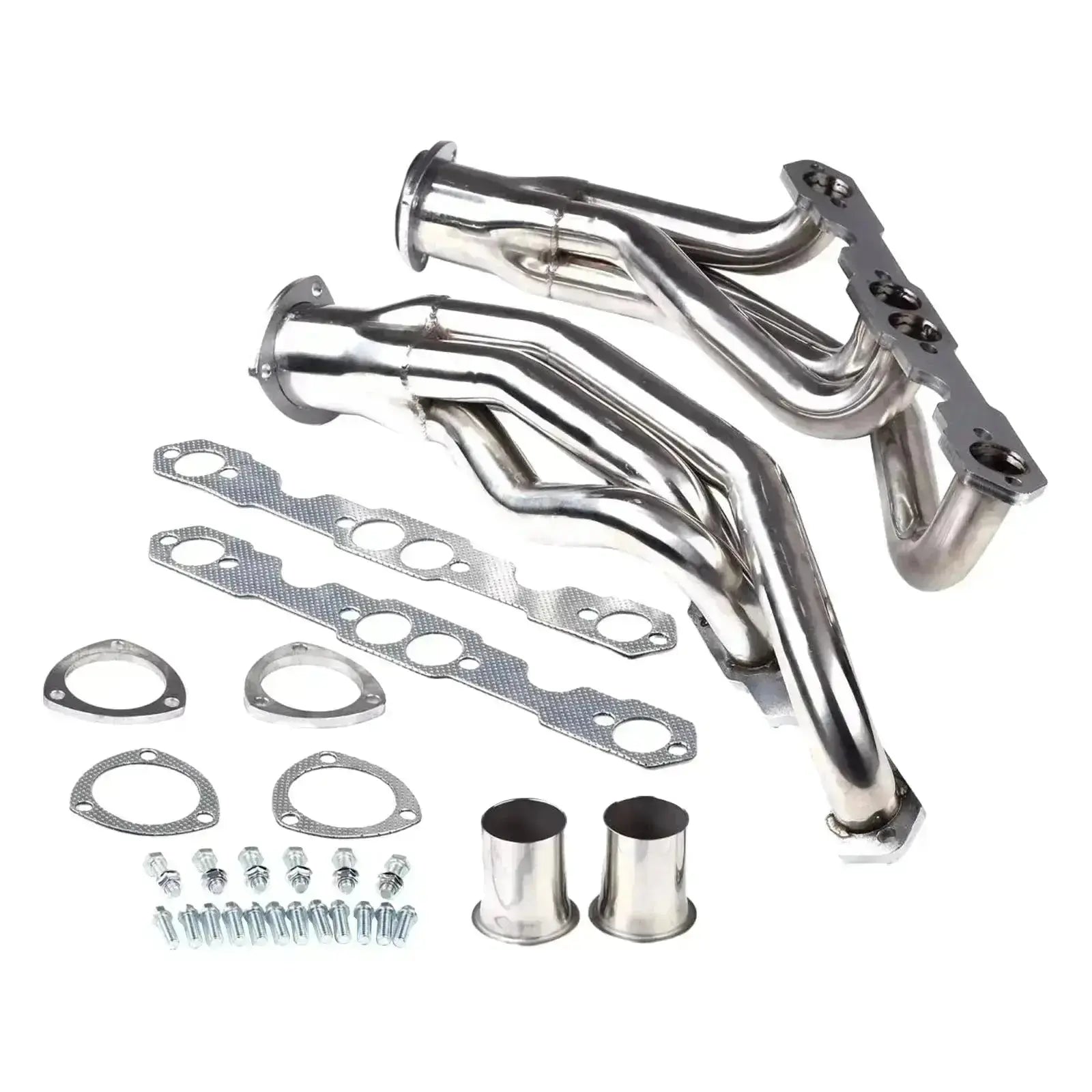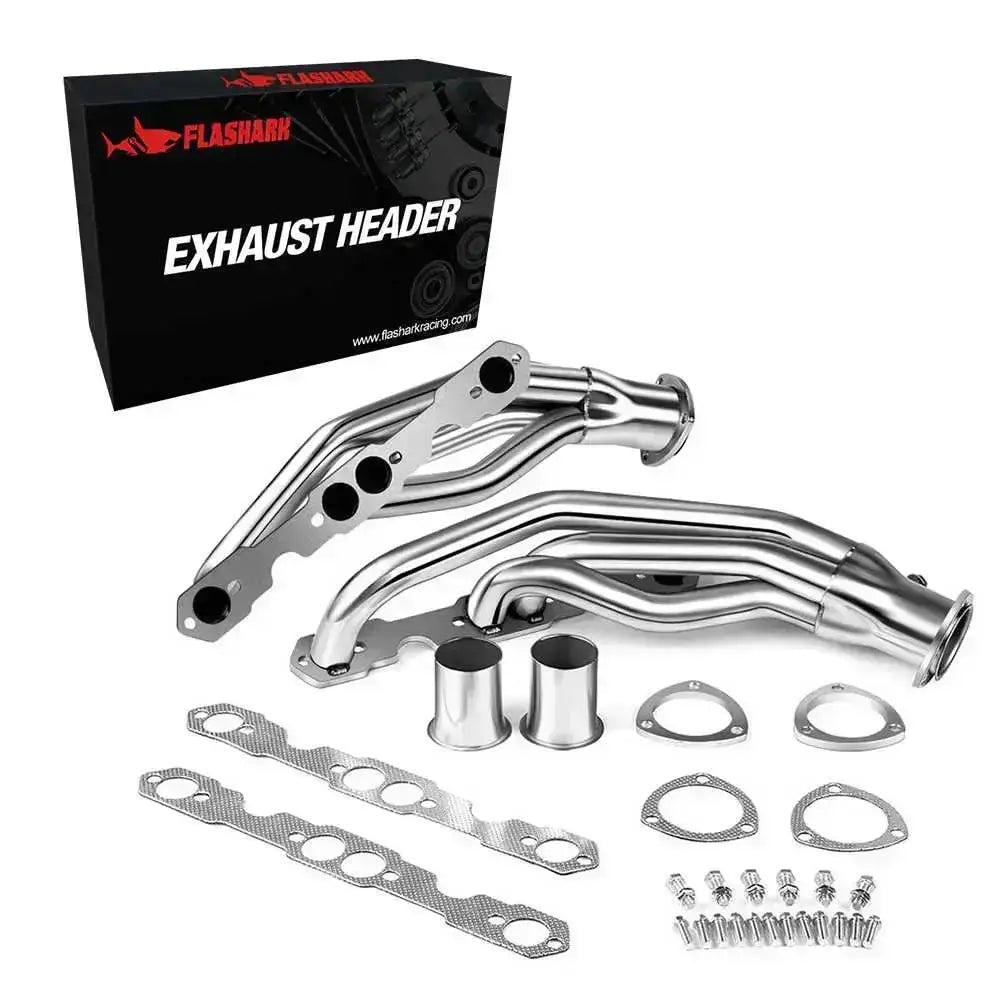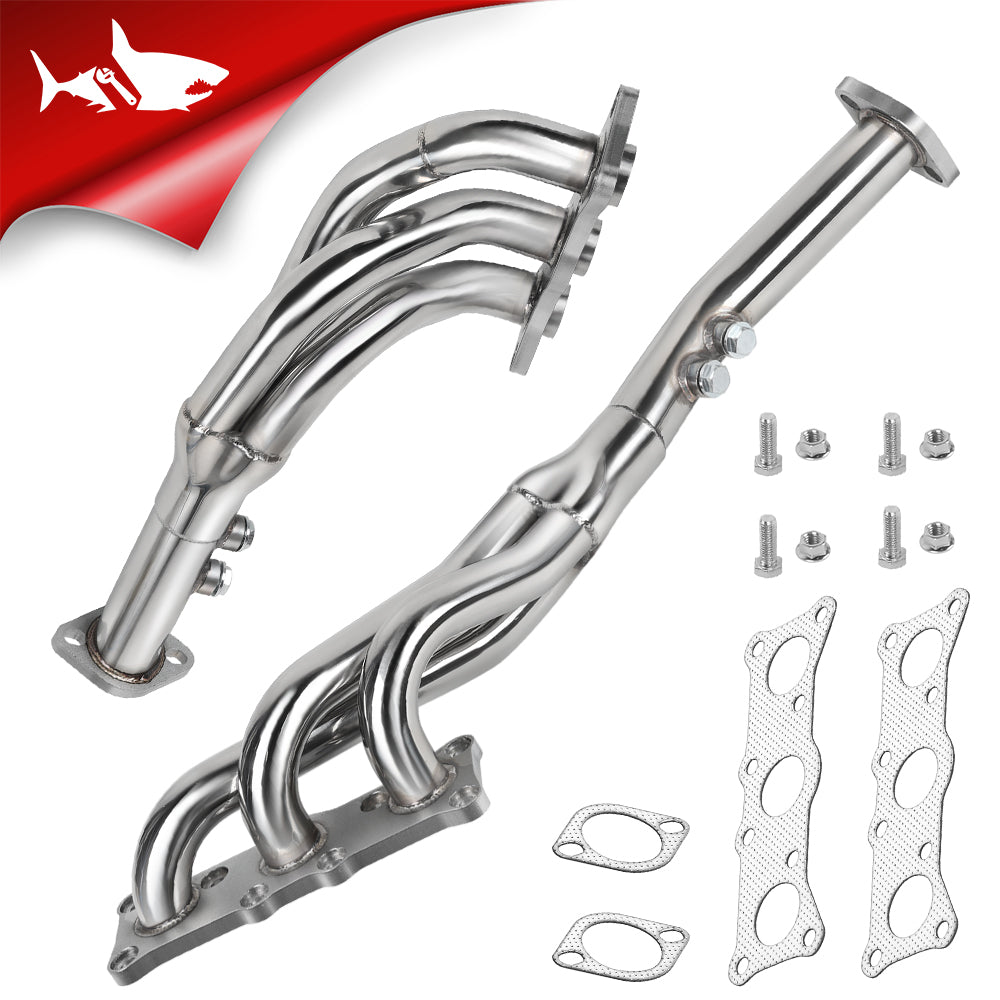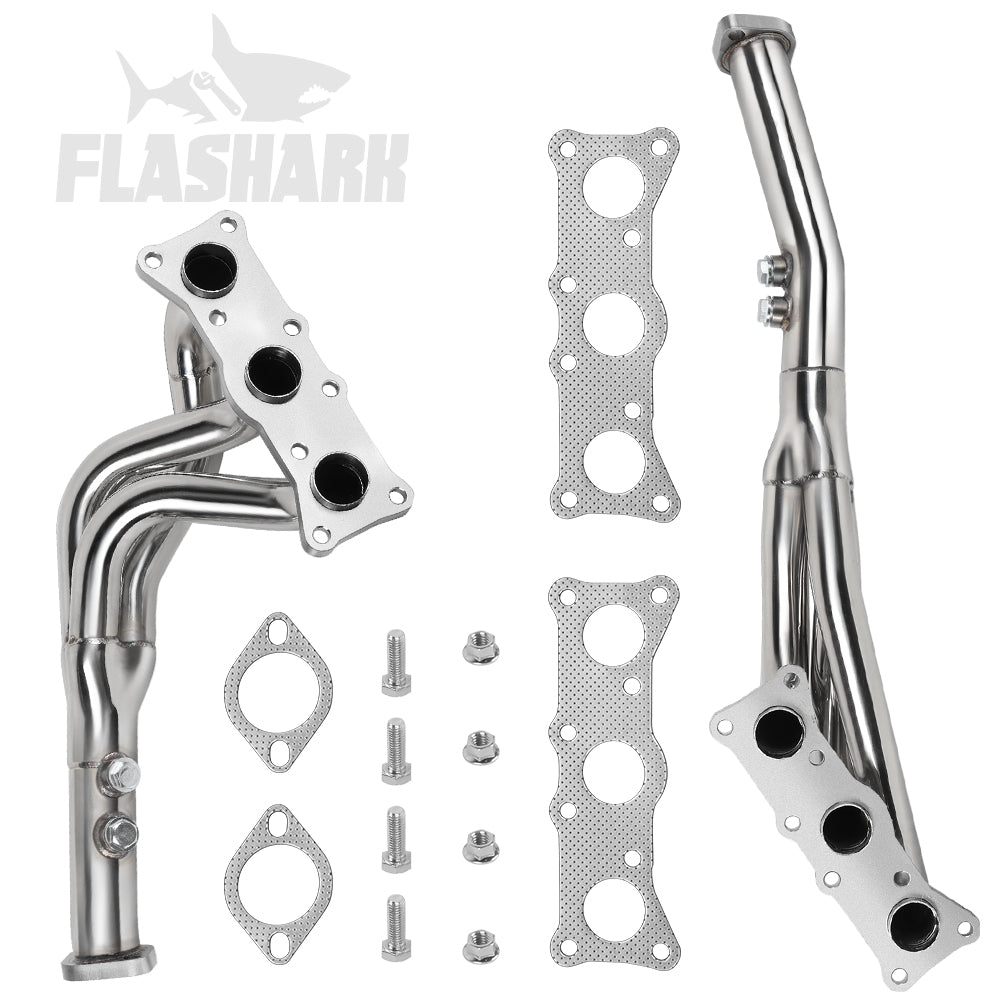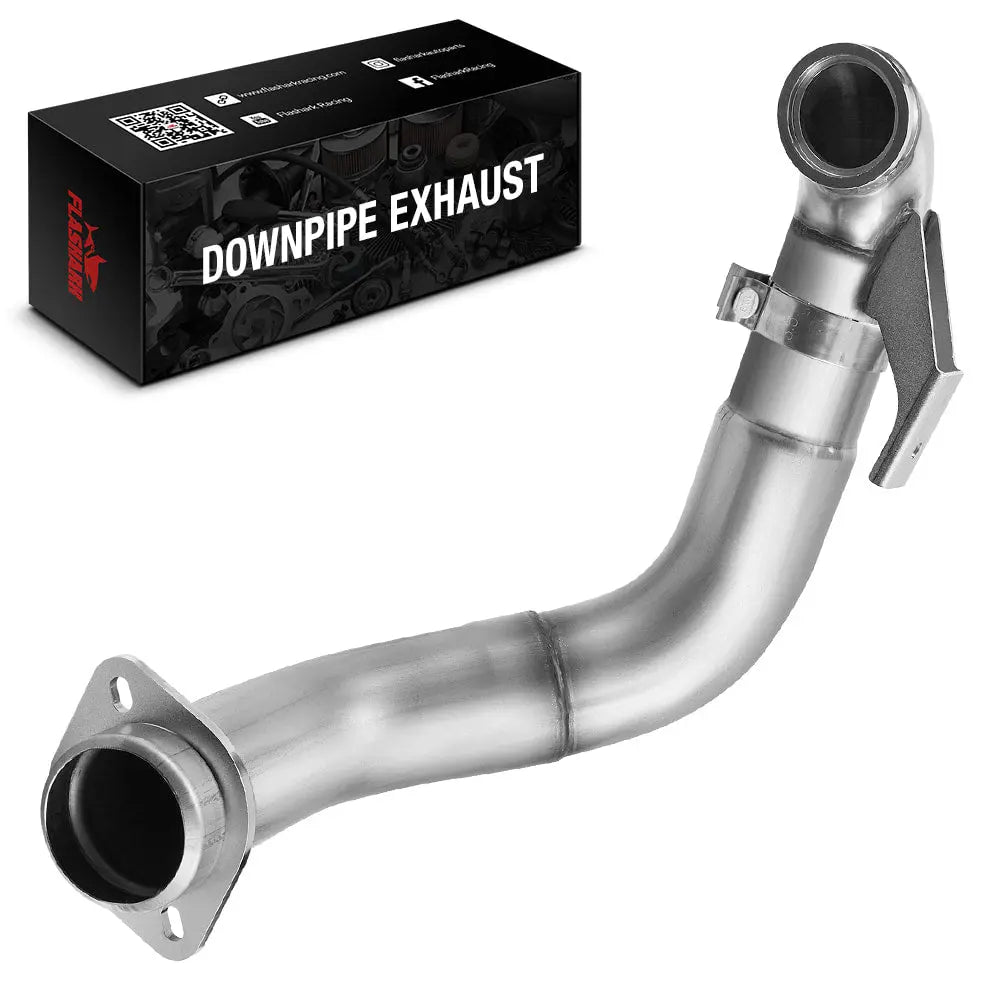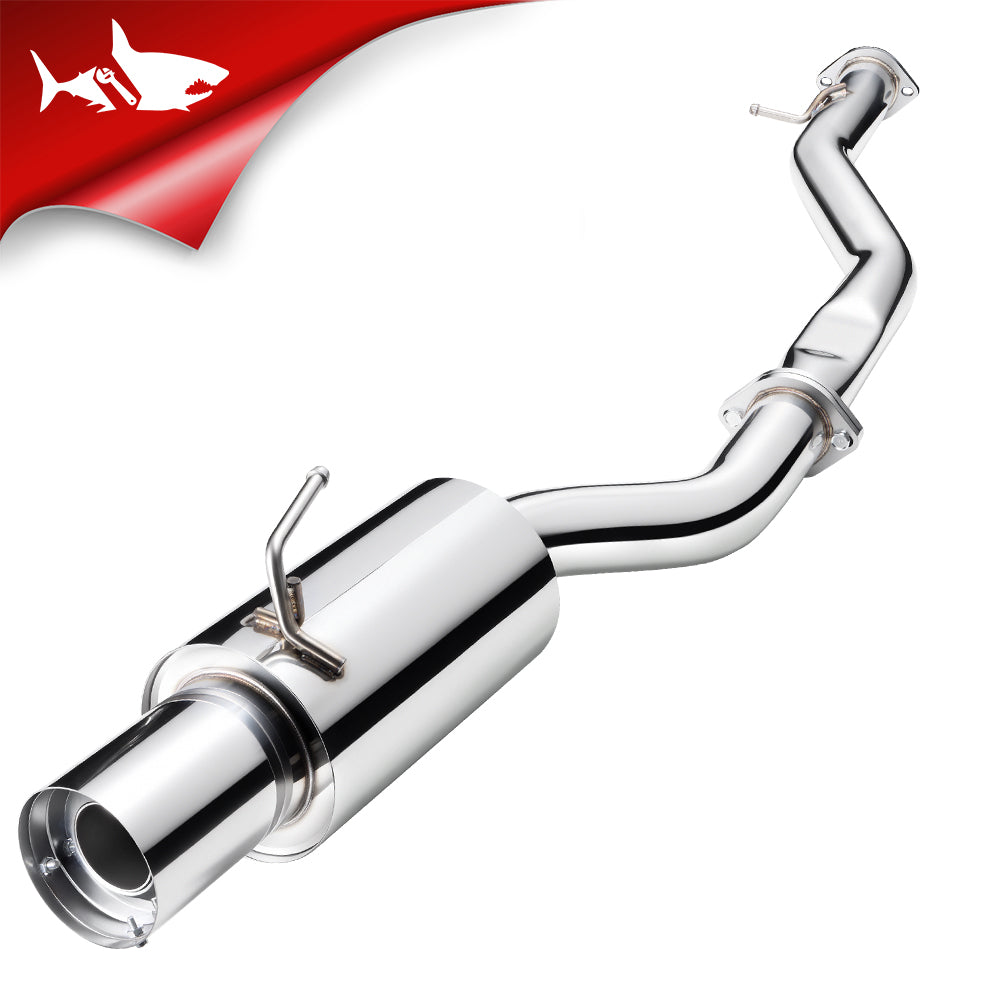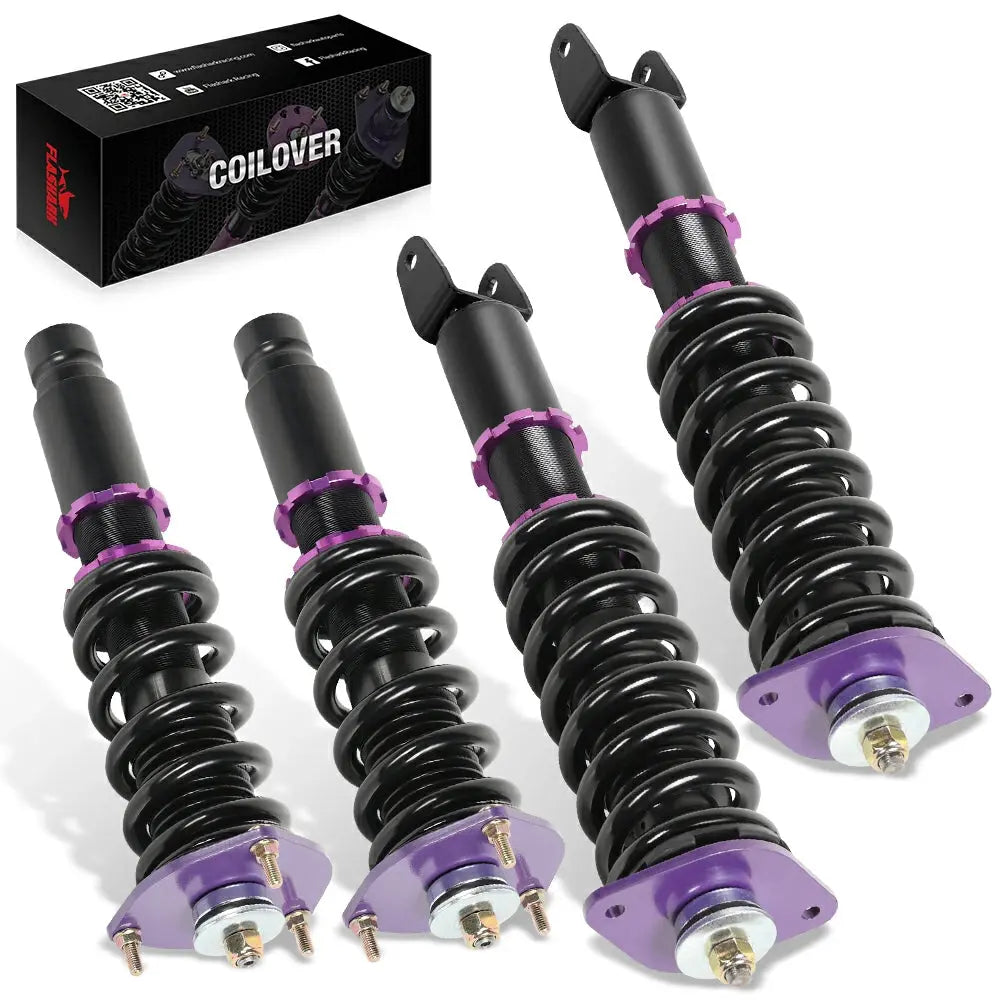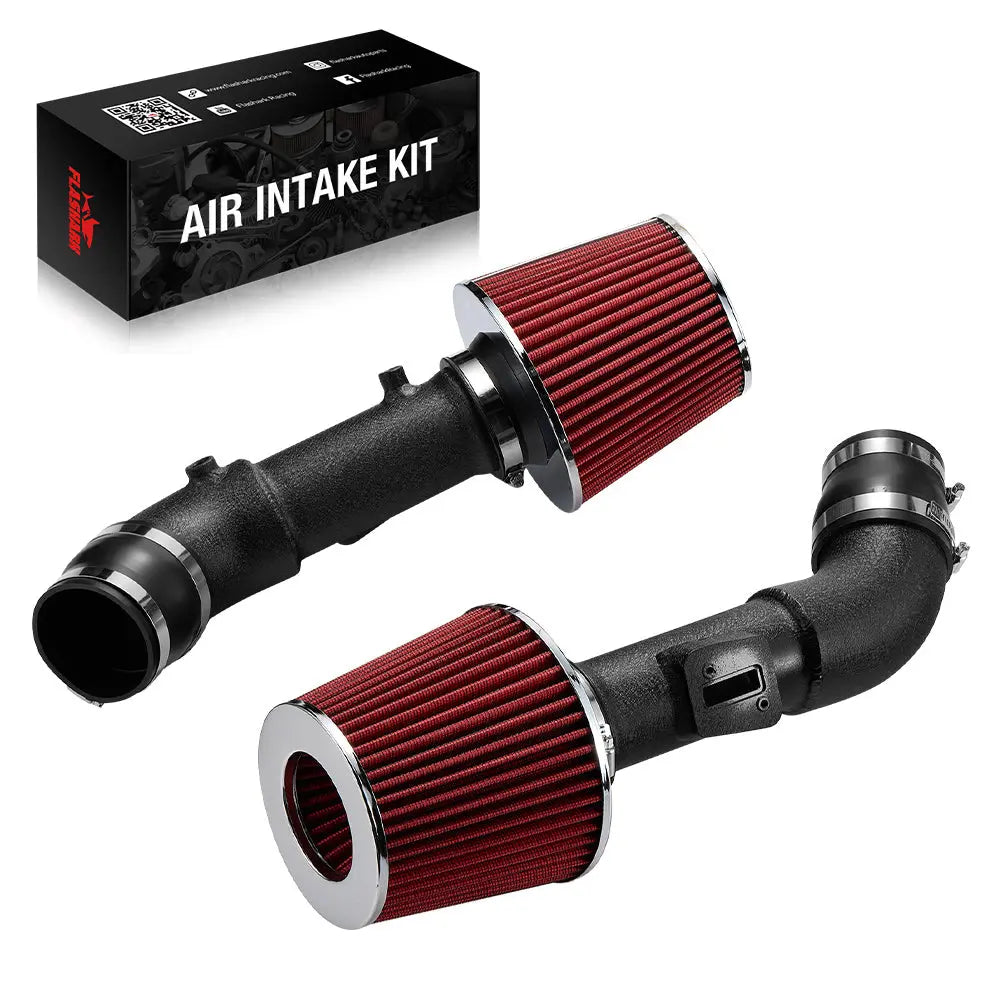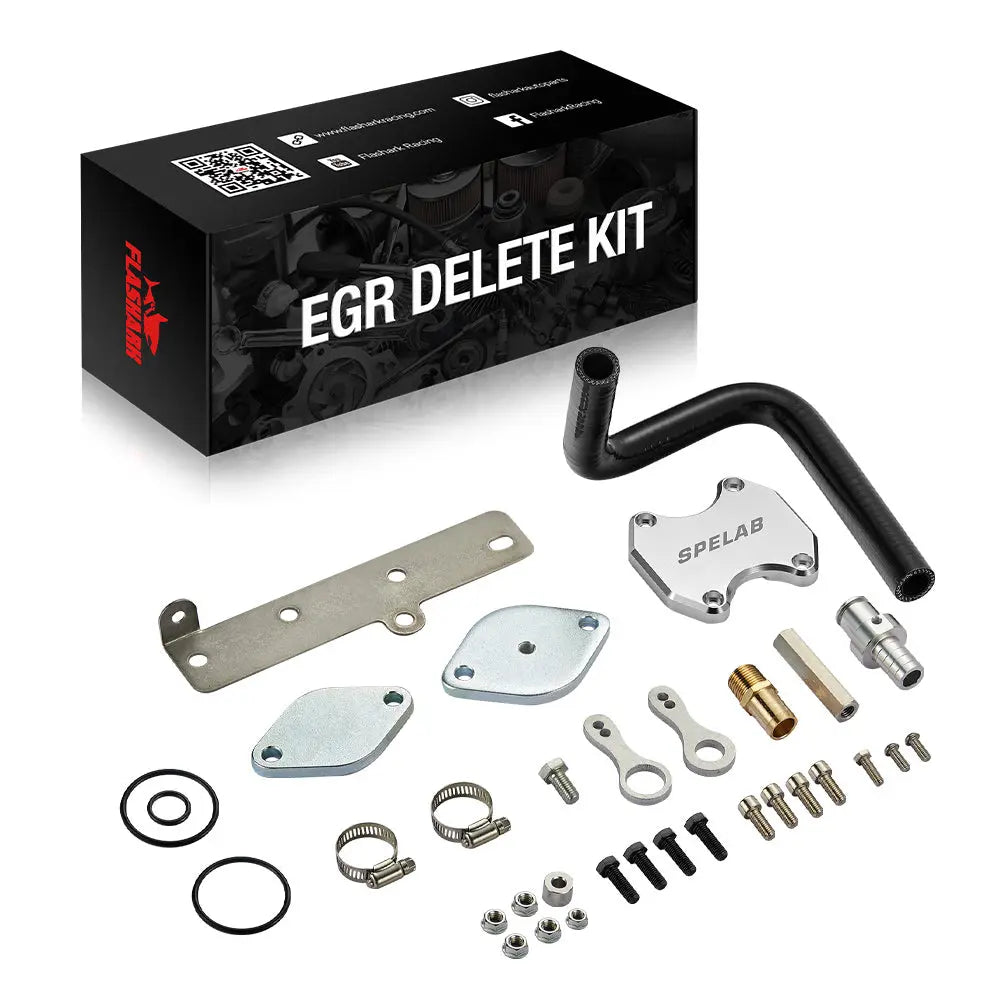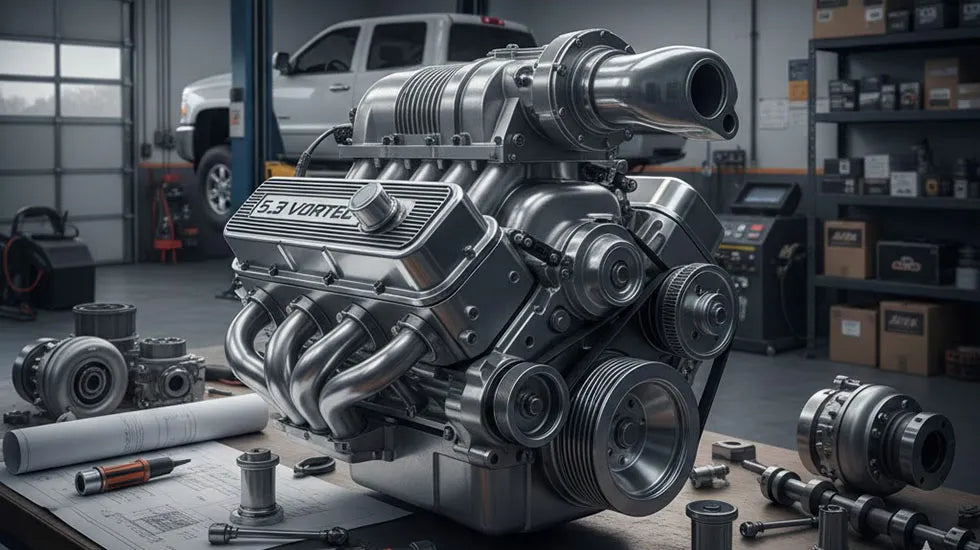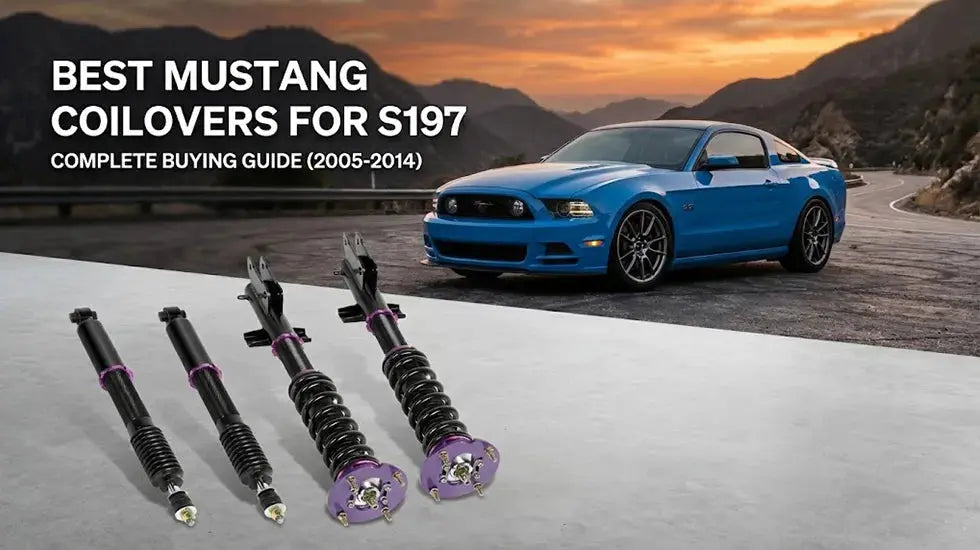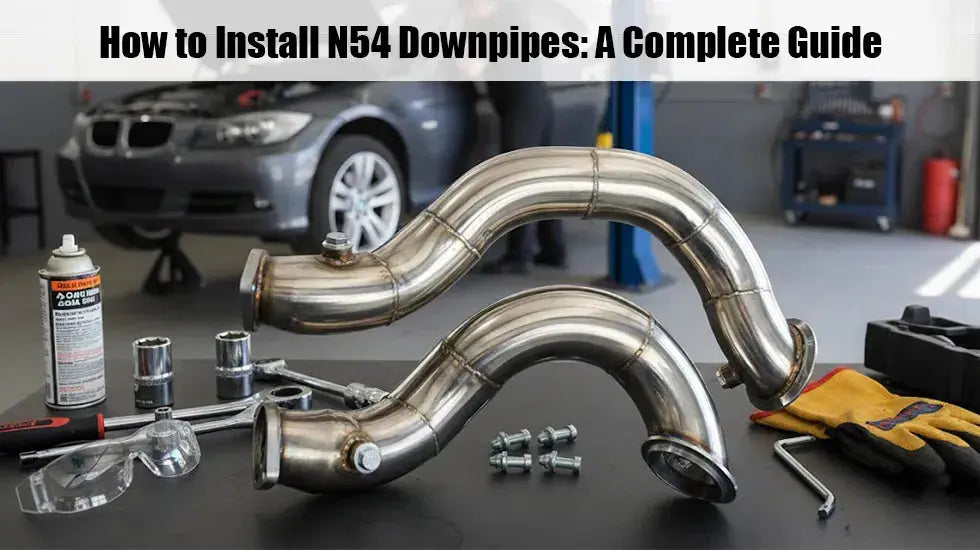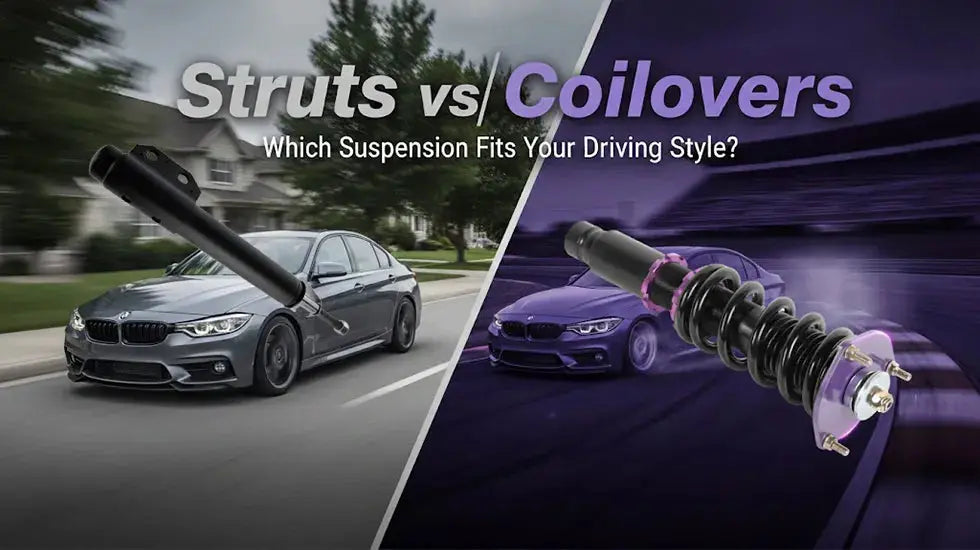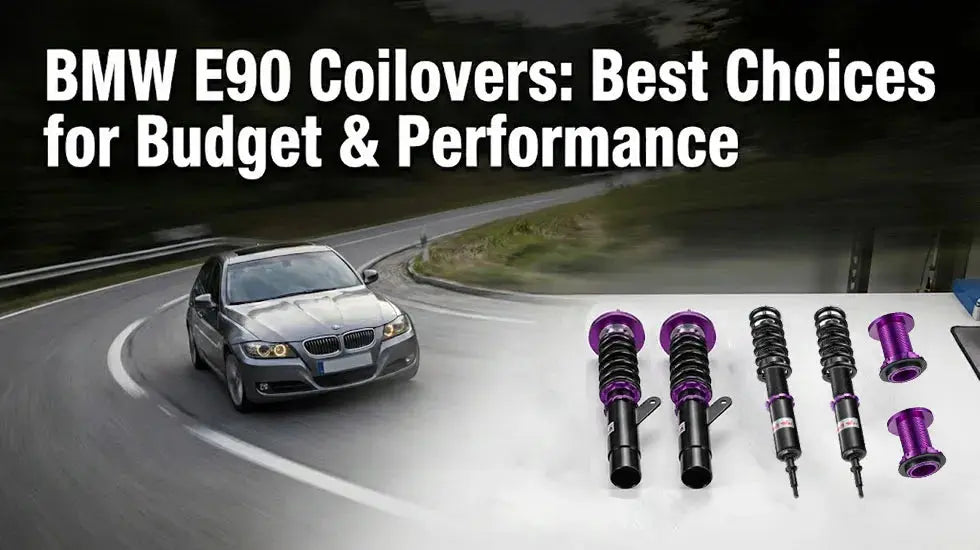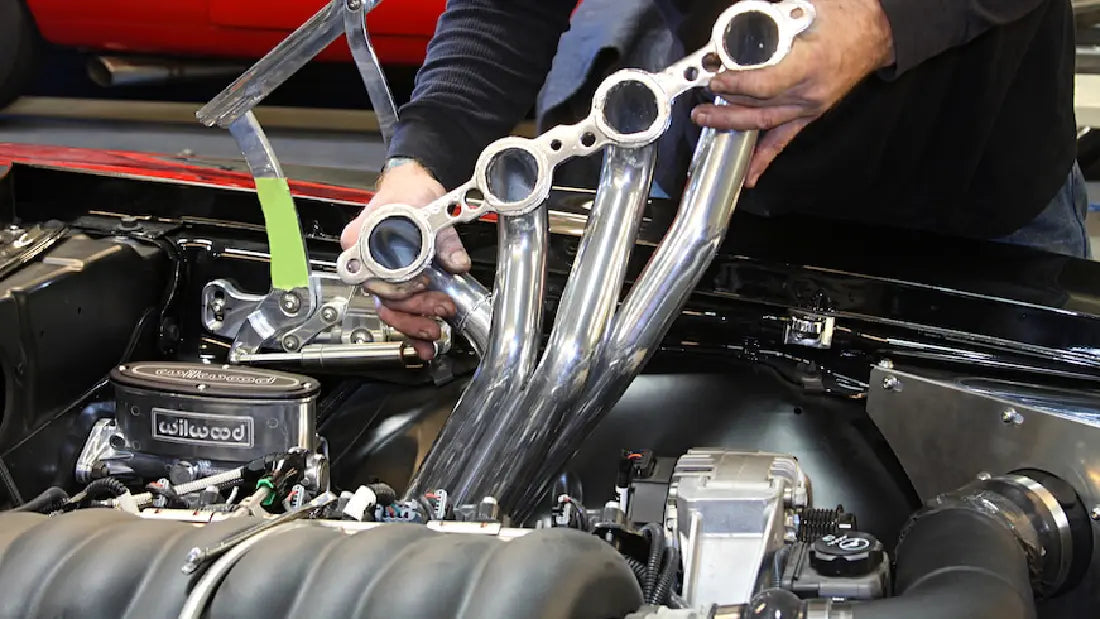There are many different bulb categories available if you've searched the market for a new aftermarket bulb for your car. Headlights and fog lights come in a variety of styles, including those that employ HB3, HB4, H1, H3, H4, and H7 led bulbs. Before today, did you understand the distinctions between the many types of bulbs and their purposes? Let's examine these different light bulb and socket types in more detail and see why they are configured in the manner that they are.
Why are the bulbs classified?
There are many automakers in the world, and these companies offer a wide variety of automobiles. If there had been a different bulb for each of the several cars, it would have been nearly hard to get a replacement or even a bulb in the aftermarket.
Specific bulb classifications have now been created in order to standardize the bulb industry. Lightbulbs are just one of the many automotive components whose international standards are created and upheld (Regulations for ECE).

These bulbs are first classified into three categories;
Group 1
The majority of the bulbs in a contemporary car are from Group 1. H7, H11, HB3, HB4, H1, H3, and H4 are a few of these. In addition, this category accepts and contains bulbs for fog lights. The sockets for the lamps are different, of course. Remember that not all Group 1 bulbs will also have the same power ratings.
Group 2
Group 2 is the alternative classification. This package has numerous lights, including turn signal bulbs, tail light bulbs, license plate bulbs, and cornering light bulbs. Group 2 bulbs include C5W, H6W, HY6W, and other types.
Group 3
Group 3 is the final group. These types of bulbs are no longer in use and cannot be found in contemporary automobiles. However, these also include H2, C21W, and P19W bulb types.
Let's concentrate on Group 1 bulbs for the time being because they are more likely to be updated or replaced.
Group 1 automotive light headlight bulbs
As previously mentioned, group 1 vehicle light bulbs contain all typical types like H1, H3, H4, H7, etc. Depending on their usage and power requirements, these bulbs are utilized. The majority of Group 1 bulbs are used in headlights and foglights.
- Also, this means that even if the power ratings are the same, the bulb cannot be replaced with a different kind.
- It must have an identical socket. However, the filament and coupler of the bulb can also differ based on the bulb housing or the socket.
- The H4 bulb, for instance, has two filaments—one for the high beam and the other for the low beam—while the H7 led bulb only has one. As a result, an H4 bulb can be used in a standard headlight with a single reflecting surface.
- However, a vehicle using H7 led bulbs must have a twin-pod system, with one pod serving as the high beam and the other as the low beam. So, naturally, the light output and power will differ depending on the type of car.
FLASHARK H11 LED Bulbs

600% Brighter than Halogen Bulbs: able to produce white light that is 6500K in color and 18,000 lumens bright. With compatibility for h8, h9, and h11 sockets, the S6 H11 led bulb improves nighttime driving visibility. Compared to halogen bulbs, LED lights have a 600% increase in brightness.
+60,000H Longer Use Life: The H11 LED lights maintain their excellent performance with the help of the integrated hollow heat sink and fan. The heat generated by the LED light beads is dissipated using a distinctive hollow heat sink and 15,000 RPM turbo cooling fans. As a result, S6 H11 bulbs have a longer lifespan than normal halogen lights, up to 60,000 hours.
5 Minutes Easy to Install: LED lights fit well in your car's light housing without requiring any modifications. No wires and external drivers. One connecting point only needs to be plugged into your car's light housing. You don't need to employ a specialist to install them. Instead, make the swap easy to complete by using plug-and-play.
Fits for 99% of vehicles+NO Need Canbus Adapter: With a built-in driver and CANbus-ready design, it applies to 99% of vehicle computers without throwing any errors. However, the filter system may not be 100% accurate.
1:1 Same Halogen Beam Pattern Design: To guarantee a perfect beam pattern, the position of the original halogen filament is precisely mimicked. Increase frontal visibility, give you a broader field of view for incoming cars, and reduce glare in extremely poor visibility
But Do LEDs Make Headlights Better?
Frequently, but not always, the response is "yes."
Performance is also influenced by the headlight assembly and reflector design, as well as how effectively the headlights are focused, whether the light is produced by a halogen, high-intensity discharge, or LED bulb.
Headlights are graded by the Insurance Institute for Highway Safety according to how well they illuminate the road in both straight lines and bends. According to IIHS, low-beam headlights with the best rating, good, illuminate the right side of the road for at least 325 feet on a straight road. Poor (the lowest) headlights have a little more than 220 feet range.
Although IIHS claims that LEDs outperform halogen headlights in its tests, the organization has given some LEDs a higher rating. Some LED headlights have received the marginal (second-lowest) and even poor ratings, whereas some halogens have received the acceptable (second-highest) rating. Only LEDs, nevertheless, have received favorable reviews.

